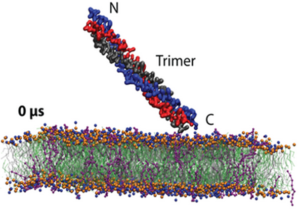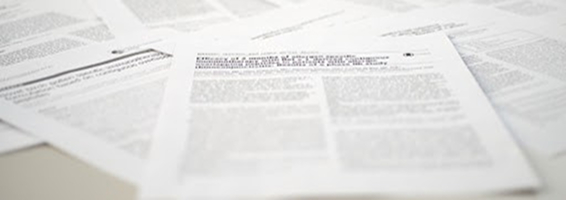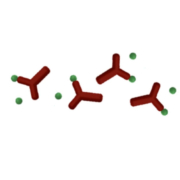Membrane insertion mechanism of the caveola coat protein Cavin1
Authors: Liu, K.-C., Pace, H., Larsson, E., Hossain, S., Kabedev, A., Shukla, A., Jerschabek, V., Mohan, J., Bergström, C. A. S., Bally, M., Schwieger, C., Hubert, M., & Lundmark, R.
Journal: PNAS (2022)
Abstract

Caveolae are small plasma membrane invaginations, important for control of membrane tension, signaling cascades, and lipid sorting. The caveola coat protein Cavin1 is essential for shaping such high curvature membrane structures. Yet, a mechanistic understanding of how Cavin1 assembles at the membrane interface is lacking. Here, we used model membranes combined with biophysical dissection and computational modeling to show that Cavin1 inserts into membranes. We establish that initial phosphatidylinositol (4, 5) bisphosphate [PI(4,5)P2]–dependent membrane adsorption of the trimeric helical region 1 (HR1) of Cavin1 mediates the subsequent partial separation and membrane insertion of the individual helices. Insertion kinetics of HR1 is further enhanced by the presence of flanking negatively charged disordered regions, which was found important for the coassembly of Cavin1 with Caveolin1 in living cells. We propose that this intricate mechanism potentiates membrane curvature generation and facilitates dynamic rounds of assembly and disassembly of Cavin1 at the membrane.
You may read the full paper here.
Membrane insertion mechanism of the caveola coat protein Cavin1










